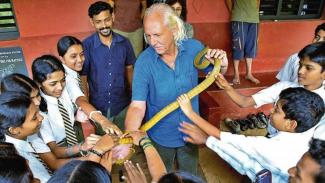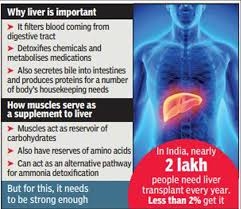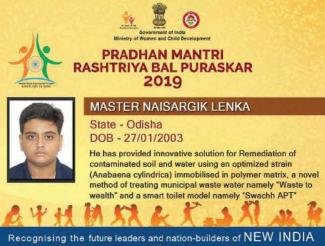
A team of herpetologists and scientists is on the verge of publishing a research work that could give the medical fraternity clues to develop an antivenom effective in treating venomous snakebites all over the country.
In India, 2.8 million snakebites are reported every year, according to an analysis published in medical journal BMJ. Over 50,000 of them die. Yet, the antivenom available is virtually ineffective in treating venomous snakebites in many parts of the country. This is because snake venom attributes even from the same species differ widely depending on geography. Romulus Whitaker, a veteran herpetologist and winner of the Rolex Award for Enterprise in 1984 and 2008, has been travelling around the country’s forests to collect venom from different species of snakes and contribute to the large research.
Indian conservation scientist Krithi Karanth won the Rolex award in 2019 for her work on tackling man-animal conflict in Karnataka and fostering empathy for wildlife among children living near protected areas. Rolex has recognised the work of five other Indians in the past. They include innovator Sonam Wangchuk and Chennai-based lake conservationist Arun Krishnamurthy. Their efforts have led to some significant conservation projects. One of them is Whitaker’s snake bite mitigation work. Most antivenom producers in India source venom from the Irula Snake Catchers’ Industrial Cooperative Society established by Whitaker’s Madras Crocodile Bank in 1978 in the Tamil Nadu capital.
The venom is collected only from Tiruvallur and Kanchipuram districts in Tamil Nadu and used to manufacture antivenom used all over the country.
Read more of this in a report by Jayashree Nandi published in Hindustan Times... (Link given below)










